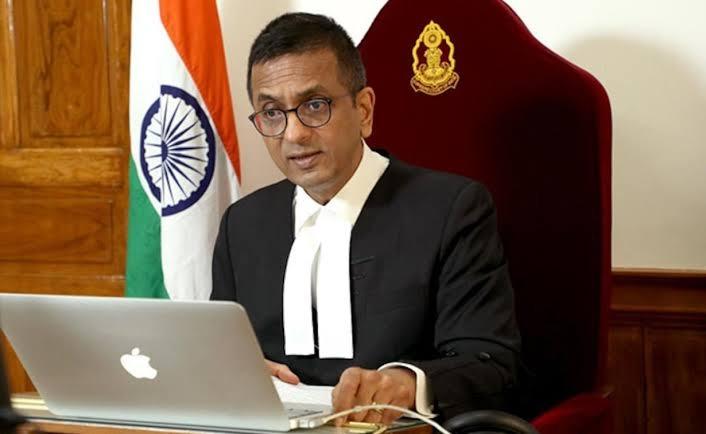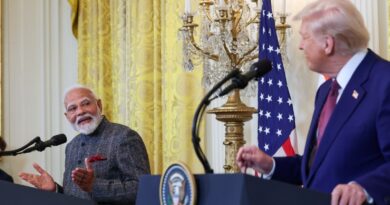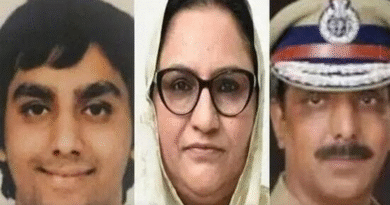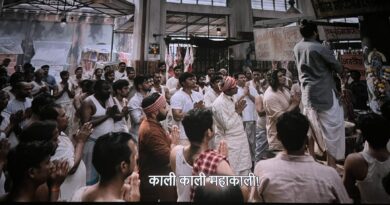Why Former CJI DY Chandrachud’s Ayodhya Comments Have Sparked Major Controversy
A detailed explainer on the legal and political storm surrounding Justice Chandrachud’s remarks about the Babri Masjid
New Delhi: In a recent interview with journalist Sreenivasan Jain, former Chief Justice of India DY Chandrachud made a controversial statement that “the very erection of the Babri Masjid was the fundamental act of desecration.” The interview was published by multiple platforms including The News Minute and Newslaundry.
The comment came when Jain questioned whether Hindu parties should be held accountable for acts of desecration, such as placing idols inside the mosque in December 1949. Instead of addressing that specific act, Chandrachud shifted focus to the mosque’s construction itself, calling it the original desecration.
The Core Contradiction
The controversy stems from a fundamental contradiction between Chandrachud’s current statements and the 2019 Supreme Court judgment he authored. Jain pointed out that this remark “appeared to run contrary to the Supreme Court’s 2019 Ayodhya judgment, which had expressly noted that there was no evidence to conclude that the Babri Masjid was constructed after demolishing a Hindu temple.”
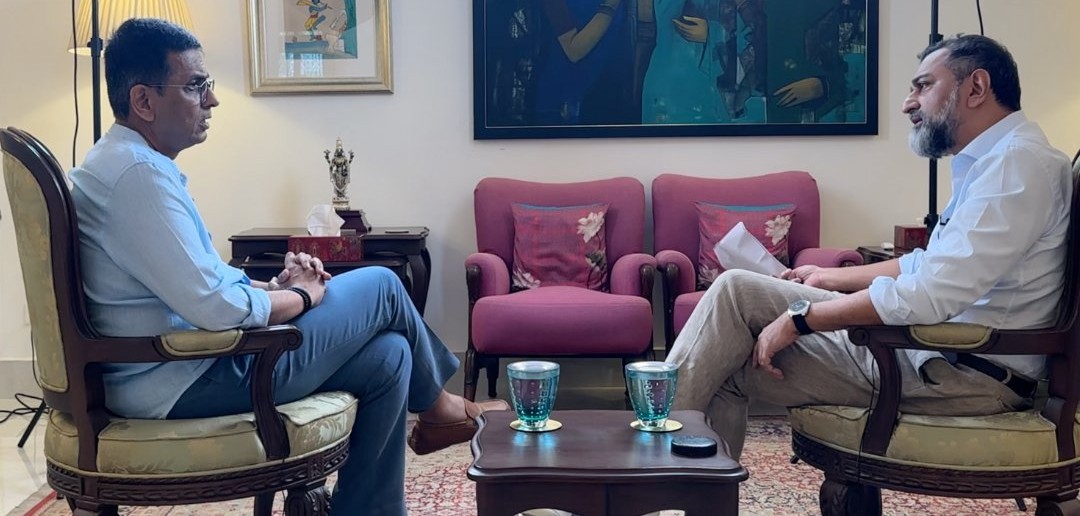
What the Supreme Court Actually Said in 2019
The Supreme Court’s Ayodhya judgment was notably cautious about historical claims. The court acknowledged Archaeological Survey of India (ASI) findings about an underlying structure but explicitly stated several crucial caveats:
Key Limitations Acknowledged by the Court:
- No evidence of deliberate demolition: The ASI report “does not provide: (a) The reason for the destruction of the pre-existing structure; and (b) Whether the earlier structure was demolished for the purpose of the construction of the mosque.”
- Significant time gap: “Since the ASI report dates the underlying structure to the twelfth century, there is a time gap of about four centuries between the date of the underlying structure and the construction of the mosque. No evidence is available to explain what transpired in the course of the intervening period of nearly four centuries.”
- Natural destruction possibility: The Court noted that “because of a long gap in the history of nearly 400 years between the underlying structure and the mosque, it makes it plausible that the structure was naturally destroyed.”
- Clear legal position: “A finding of title cannot be based in law on the archaeological findings which have been arrived at by ASI… Title to the land must be decided on settled legal principles and applying evidentiary standards which govern a civil trial.”
Why This Creates a Problem
1. Judicial Consistency
Chandrachud’s current statements appear to go beyond what the Supreme Court judgment actually established. While the court found evidence of an underlying structure, it explicitly refused to conclude that the mosque was built through deliberate destruction of a temple.
2. Evidentiary Standards
The former CJI now seems to be making historical claims that the court itself said could not be proven. This raises questions about whether personal beliefs influenced judicial reasoning.
3. Constitutional Implications
Critics argue that calling the construction of a 16th-century mosque “desecration” without conclusive evidence undermines secular constitutional principles and judicial impartiality.
The Interview Exchange
The controversy deepened when Jain pressed Chandrachud on the contradiction:
Jain: The judgment itself said there was no evidence that the underlying structure was demolished to build the mosque.
Chandrachud’s response: “There was adequate evidence from the archaeological excavation… there is evidence in the form of an archaeological report.”
However, this appears to mischaracterize what the ASI report actually concluded.
Political and Social Ramifications
Religious Sensitivities
The former CJI’s characterization of the mosque’s construction as “fundamental act of desecration” has sparked outrage among Muslim communities and secular critics who see it as legitimizing historical grievances without proper evidence.
Judicial Credibility
Legal experts are concerned about the precedent this sets for judicial officers making public statements that seem to contradict their own written judgments.
Historical Revisionism Concerns
Critics argue that citing “historical desecration without conclusive evidence undermines the claim of impartiality” and feeds into communal narratives.
The Broader Context
This controversy comes amid ongoing debates about:
- The role of faith versus evidence in judicial decision-making
- The secularism versus religious considerations in constitutional interpretation
- The appropriateness of retired judges making public statements about their controversial decisions
Key Questions Raised
- Judicial Integrity: Should judges make public statements that appear to go beyond their written judgments?
- Constitutional Secularism: Does calling a medieval mosque’s construction “desecration” align with constitutional principles?
- Historical Evidence: Can 16th-century religious architecture be judged by modern standards without conclusive historical evidence?
- Legal Precedent: What impact do such post-retirement comments have on the credibility of judicial decisions?
Why This Matters
The controversy highlights fundamental tensions in Indian jurisprudence between:
- Legal evidence and religious belief
- Constitutional secularism and majoritarian sentiment
- Judicial restraint and personal conviction
- Historical facts and contemporary politics
Conclusion
Chandrachud’s comments have reignited debates about the Ayodhya judgment’s basis and implications. While he maintains the decision was evidence-based, his characterization of the mosque’s construction as “desecration” suggests personal views that weren’t explicitly reflected in the court’s cautious legal reasoning. This disconnect has raised serious questions about judicial impartiality and the appropriate limits of judicial commentary.
The controversy underscores the delicate balance Indian courts must maintain between legal principles and religious sensitivities, and whether that balance was properly struck in one of the most consequential cases in recent Indian legal history.

